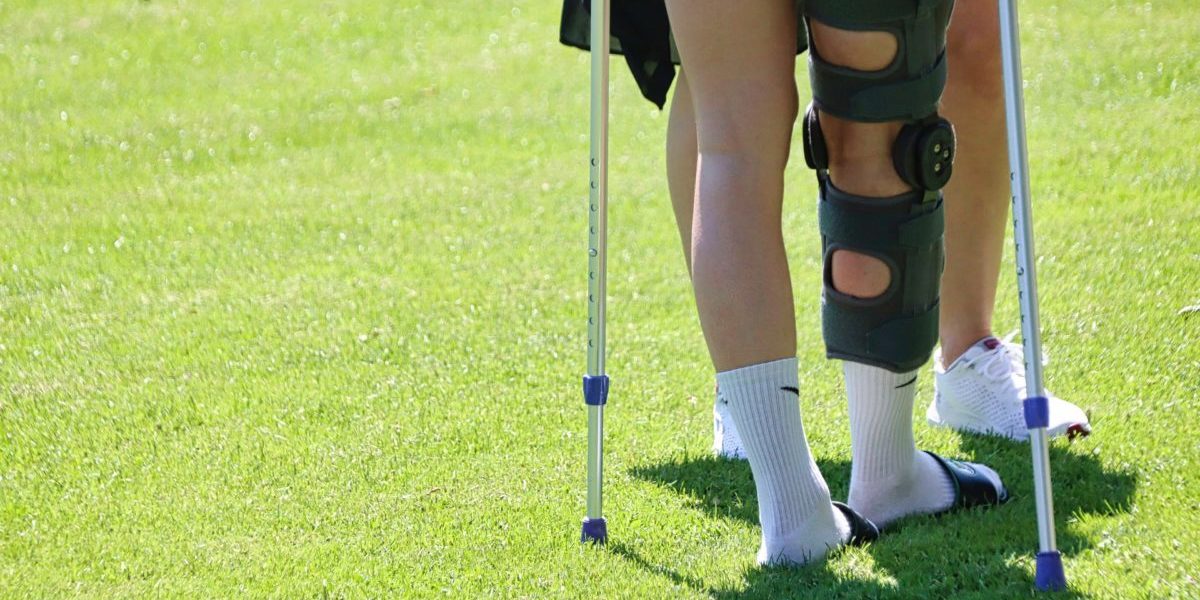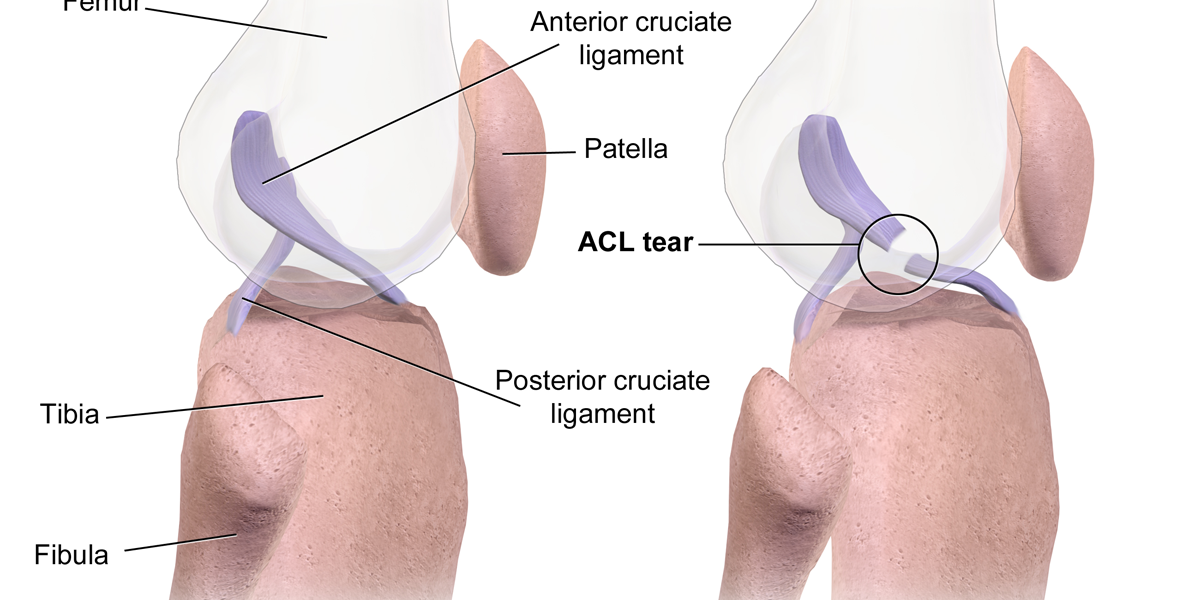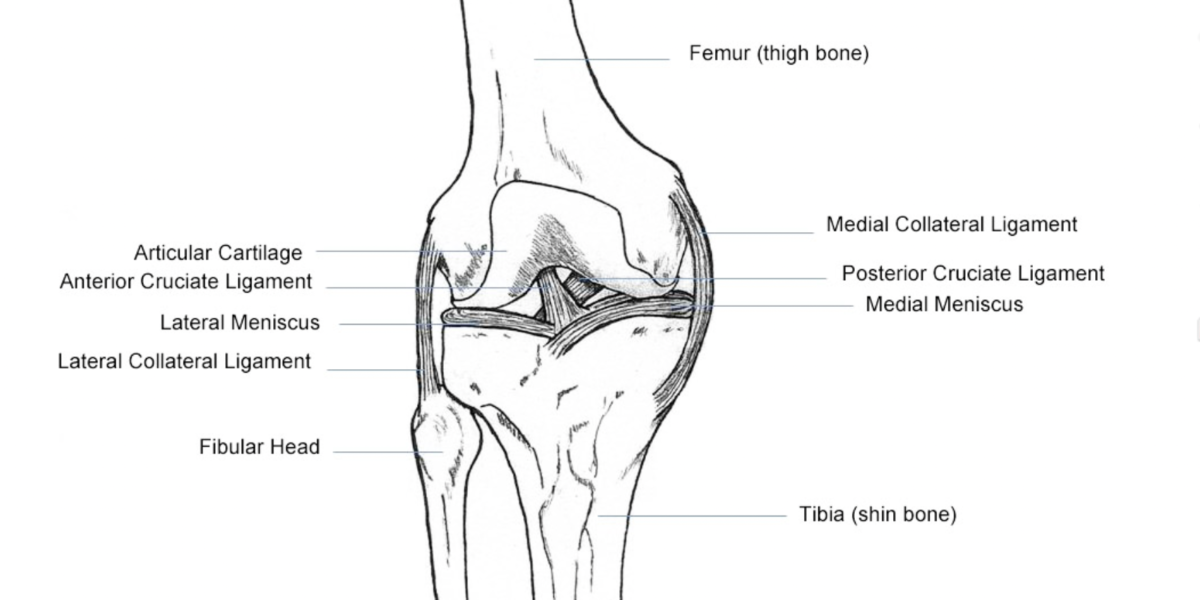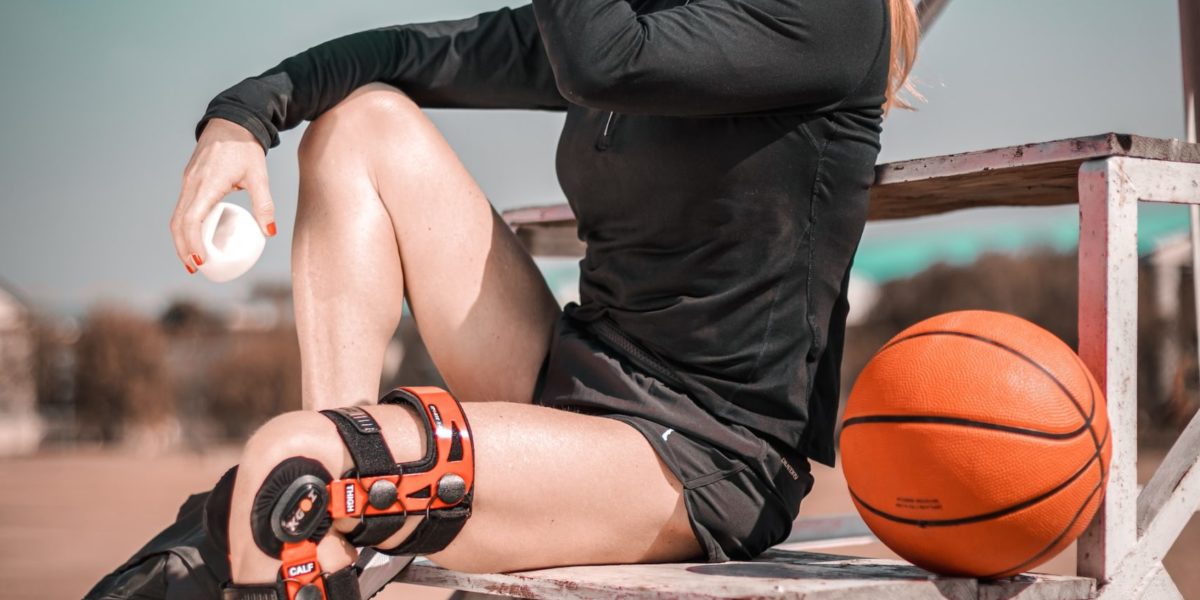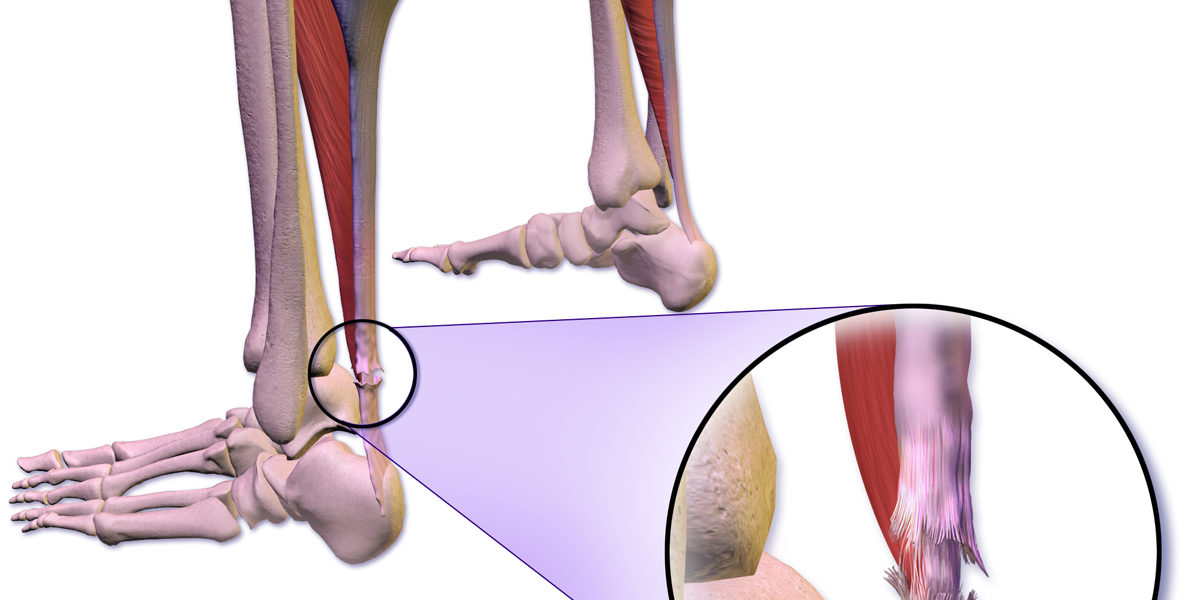It takes a lot to make a professional athlete collapse to the ground during a game. After throwing a pitch on September 14, 2019, Toronto Blue Jays pitcher Tim Mayza knelt on the side of the mound while clutching his arm, expecting the worst. The next day, MRI revealed that what he had feared: Mayza had torn his Ulnar Collateral Ligament (UCL).
Continue reading “What Makes Someone More Likely to Tear Their UCL?”Tag: tendons and ligaments
Brace yourself… You might need surgery
A surgery? For my PCL? Could be more likely than you think.
Usually hiding behind it’s annoying and commonly ruptured brother the ACL, the PCL (posterior cruciate ligament) is a durable ligament that usually doesn’t cause problems for athletes… until it does.
Continue reading “Brace yourself… You might need surgery”ACL Reconstruction: Which Option Is Best For You?
200,000 ACL injuries occur each year, and ACL reconstruction is the 6th most performed surgery in the United States, so to come back bigger, faster, and stronger, the right recovery path is critical.
Continue reading “ACL Reconstruction: Which Option Is Best For You?”Do you have an ACL?
Whenever there is a lower extremity injury in sports, the first thing people always ask is: “Was it the ACL?” I, like everyone else, assumed everyone had an ACL because I did not believe that you could walk without one, let alone play sports. To my surprise, I discovered that not everyone has an ACL. Some people are born without one, while others lose their ACL’s.
Continue reading “Do you have an ACL?”What’s more important for athletes: training or genetics?
Usain Bolt, Michael Jordan, and Wayne Gretzky are arguably some of the greatest athletes of all time. You watch them on the television breaking record, winning titles or making impossible shots, and you can’t help to wonder, how are they that good? Do they use some secret training method, maybe even a special diet? Possibly, they are genetically gifted?
Continue reading “What’s more important for athletes: training or genetics?”Exciting Advance in ACL Repair
Anterior Cruciate Ligament (ACL) injuries are among the most common in sports, with nearly 100,000 tears annually. Additionally, the rate of pediatric tears has been increasing at a rate of 2.3% each year for the past 20 years. The high incidence of this injury is in part due to the structure of the knee complex, where the ACL is located. The ACL helps connect the two longest bones in the body and is responsible for rotation and transferring body weight to the ankle. Specifically, the primary functions of the ACL are to prevent the tibia from sliding too far in front of the femur and to provide rotational stability to the joint. This rotational motion, combined with a lack of muscle support at the knee, is why so many athletes tear their ACL. A recent paper looked into how a team of doctors led by Dr. Martha Murray at Boston Children’s Hospital have come up with a promising new approach to repairing the injured ligament.
Continue reading “Exciting Advance in ACL Repair”High Heels: How They Can Affect You Even After You Take Them Off
Anyone who has worn high heels, or has even simply seen a person in high heels, knows that the foot is definitely not in its usual position in that kind of shoe – walking is more difficult and forget about even trying to run in high heels. Researchers from Manchester Metropolitan University and the University of Vienna wanted to investigate if frequent, long term use of high heels caused lasting changes in the calf, in addition to the normal discomfort experienced by high heel wearers.
Continue reading “High Heels: How They Can Affect You Even After You Take Them Off”Back Against the (John) Wall
What would you do if you went to the doctor expecting to get back to work, only to be told you might not ever be able to go back to work again?
According to ESPN, on February 4, John Wall visited his doctor regarding an infection in his heel after a previous operation. The doctor checked the infection, but upon further analysis, realized that Wall had suffered a partial Achilles tear. Unlike former teammate Boogie Cousins, he did not suffer the tear on the court, but at home. It was reported that while at home he fell and experienced extra discomfort in his heel. His doctor reported that he will undergo surgery and will likely rehab for the next 11 to 15 months.
Continue reading “Back Against the (John) Wall”Female Athletes Compete Against Higher Risk of ACL Injuries Than Males
Female athletes face a greater rate of anterior cruciate ligament (ACL) rupture than males. According to Dr. Karen Sutton and Dr. James Bullock from the Department of Orthopaedics and Rehabilitation at Yale University, female athletes are 2 to 8 times more likely to tear their ACL than male athletes. The majority of these injuries (more than two-thirds) are from non-contact situations. A variety of anatomical, biomechanical, and hormonal factors attempt to explain this difference.
Continue reading “Female Athletes Compete Against Higher Risk of ACL Injuries Than Males”
